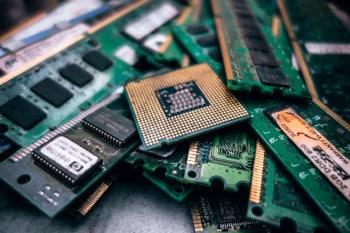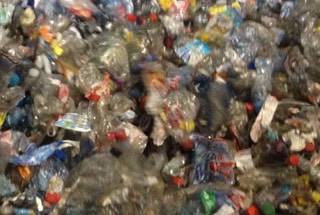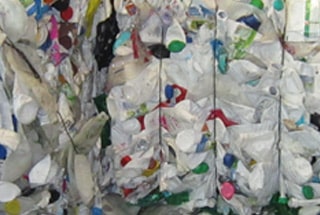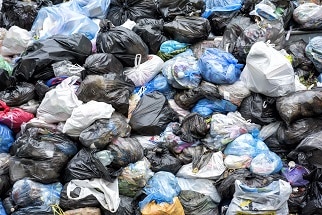What are the unique challenges of recycling specific materials?
Recycling specific materials presents different challenges due to their diverse properties and the complexities involved in processing them. Each material, from food, to textiles to various types of plastics, requires specialized handling and processes to ensure efficient recycling.
Overcoming these hurdles is essential to enhance the effectiveness of recycling systems and contribute to a more sustainable environmental footprint.
The challenges of food recycling
Recycling food also presents unique challenges, primarily due to contamination and the rapid degradation of organic materials. These issues complicate the separation and recycling processes, potentially impacting the quality and safety of recycled products.
Addressing these challenges requires innovative approaches, such as developing compostable packaging or enhancing food waste collection systems to ensure that organic materials are processed efficiently and sustainably.
What makes recycling different types of plastics complex?
Recycling plastics is complex due to contamination, degradation and the need for specialized processes. Contamination affects the purity of recyclable materials, degradation reduces the quality of recycled plastics and each polymer type may require a unique recycling process.
Game-changing plastic recycling:
At ACA we strive to push the boundaries of what’s possible in recycling tech. Take our bale-opener that gently opens up bales of PET bottles, ensuring nearly every single one comes out unharmed, ready for the next step in its recycling journey.
This isn’t just about breaking things apart; it’s about preserving quality, making sure that each bottle can go on to live another life. For a deeper dive, read more about PET plastic recycling.
Overcoming material-specific recycling challenges | Technological innovations
We’re seeing some exciting breakthroughs in tackling the unique recycling challenges of different materials in recent years. For example, chemical recycling is changing the game for plastics by breaking them down into their basic components, allowing us to make new plastics that are just as good as the original.
Then there’s the high-tech world of automated sorting systems, which use smart sensors and artificial intelligence to sort materials more accurately and efficiently than ever before. These innovations are making a big difference in how we recycle and pave the way for a greener future.
Policy, industry standards and consumer behavior:
The success in overcoming recycling challenges hinges on a collaborative effort that intertwines government policies, industry norms and individual consumer choices. This synergy is essential in driving the progress toward more sustainable recycling practices and encouraging innovations that align with eco-friendly goals.
Government rules can kickstart innovation and set the stage for what’s expected, while industry standards keep everyone on the same page, ensuring we’re all working towards the same goals.
Meanwhile, the choices we make as consumers have the power to push companies towards more eco-friendly practices. Together, these forces shape a recycling ecosystem that’s always evolving, aiming for greener pastures.












